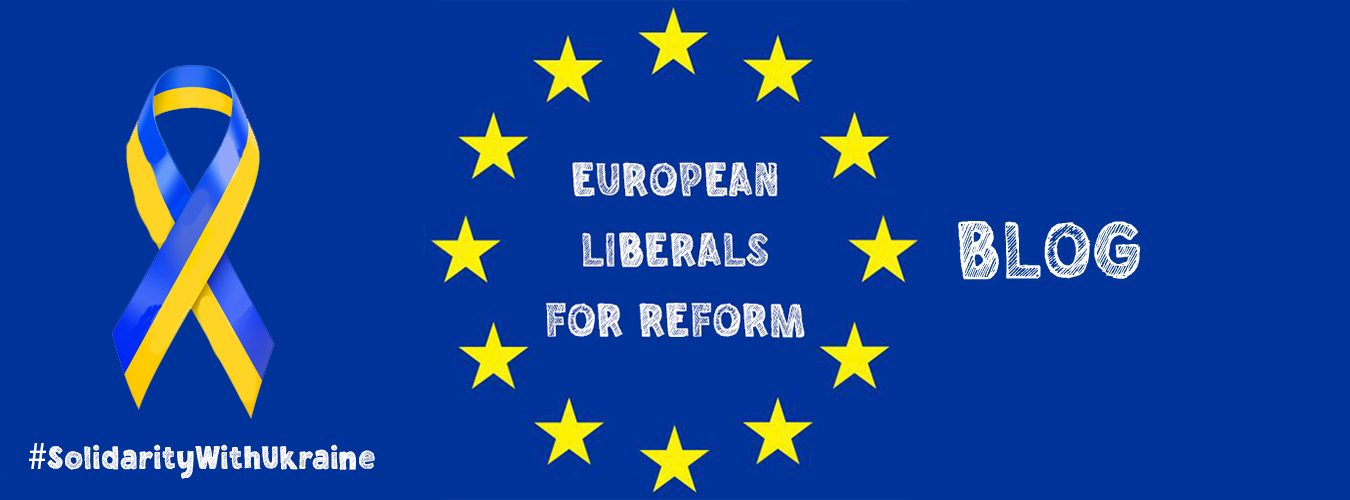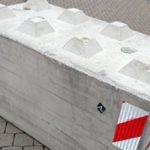BY DANIEL KADDIK
This article was originally written for Fundación Bases (Rosario – Argentina) to commemorate a new anniversary of the Fall of the Berlin Wall. It was first published in Panampost in 2016. Daniel Kaddik is Executive Director at European Liberal Forum (ELF) and gave his permission to publish this article on the European Liberals for Reform blog.
It was just three weeks from my eighth birthday when we had a strange gathering in our living room. My parents and a couple of relatives were watching something on TV that looked like the news but was not. History was in the making. We saw people from the so-called German Democratic Republic crossing the very same border that would have gotten them shot just a day earlier. It was the big push in the liberation of some 16 million Germans on November 9, 1989. It was also the moment that families like my own had waited 40 years to happen, finally able to unite with their relatives that have been divided by the iron curtain that had cut Germany in two.
I knew that not all of Germany looked like my hometown of Hamburg, an old merchant city and one of the richest in Western Germany. I knew that there were parts of the family we could not visit. With the border opening, these relatives transitioned from the abstract to the real.
Grey filters
Sitting in my grandparents’ Honda, it was like the cameraman had added a grey filter to the world when crossing the border. It appeared as if the colors had been drained from reality. It was not only the air pollution that was 15 times worse than in the West, but the standard socialist grey houses that created the effect. Villages sat in disrepair as if no one had invested in them since the end of the war, which was true in some cases.
Arriving at our relatives, the difference between my home and theirs could not have been greater. Instead of an apartment with 1980s chic, we entered a house with its privy in the yard. What I saw was far from the dream of the workers’ and farmers’ paradise that Socialist propaganda tried to proclaim.
The massive discrepancy in the standard of living was not only visible in the difference in appliances, but also food. While the system of the West provided consumers with a desired variety of goods, the planned economy of the East was unable to do so. In 1989, each Western German consumed around 80 kilos of fruits, while Eastern Germans only had 32 kilos.
Compared to the West, the East’s productivity was officially at 49 percent, which seems highly exaggerated when investigating production logs of GDR companies after unification. Also, the East’s GDP was at one third of the West’s in 1989, putting productivity around 20 and 30 percent.
Blooming landscapes
“Blooming landscapes” for the East were promised by Chancellor Helmut Kohl after the unification. What he failed to mention was the price tag — a two-trillion euro one with between eight and 14.5 billion euros spent annually on growth stimulation programs alone.
With massive infrastructure and renovation programs, Germany invested in the very cities and villages that had been neglected for so long. As a result, many places in Eastern Germany are in a lot better shape now than the West. Yet, despite all efforts, the East is at only 70-percent productivity compared to the West. While the West has an overall unemployment of 5.4 percent, the East has 7.9 percent. Highly skilled and R&D-heavy work is still to be found in the West. The East remains a GDP per capita, on average, of 67 percent. The strongest state in the East, Saxony, is not even at half of Hamburg.
When you go to Eastern Germany nowadays, you indeed see blooming landscapes and a standard of living unimaginable in 1989, but you also see a lot of frustration and disappointment, which make room for nostalgia for the old system that offered nothing but security. Fifty-seven percent said they see their life in the GDR as positive or very positive. You could not travel abroad, but you did have a job. You could not buy things, but at least you knew that there was a plan.
Consequently, the former Socialist party is gaining strength, including one of the state’s Prime Ministers. Forgotten seem the 250 people that were killed on the border trying to escape, the constant wiretapping, the incarceration of those with an opinion. It seems to be not only disappointment, but human flaw, to see the past through pink glasses. You forget how grey your world really was.
Sitting together with the whole family and recalling the protests in 1989 and all that happened afterward is something we always end up fighting about. But we are happy that we can at least do that.
Author Profile
Latest entries
Post Disclaimer
The opinions expressed by the author of this post do not necessarily represent the opinions and policies of ELfR.





